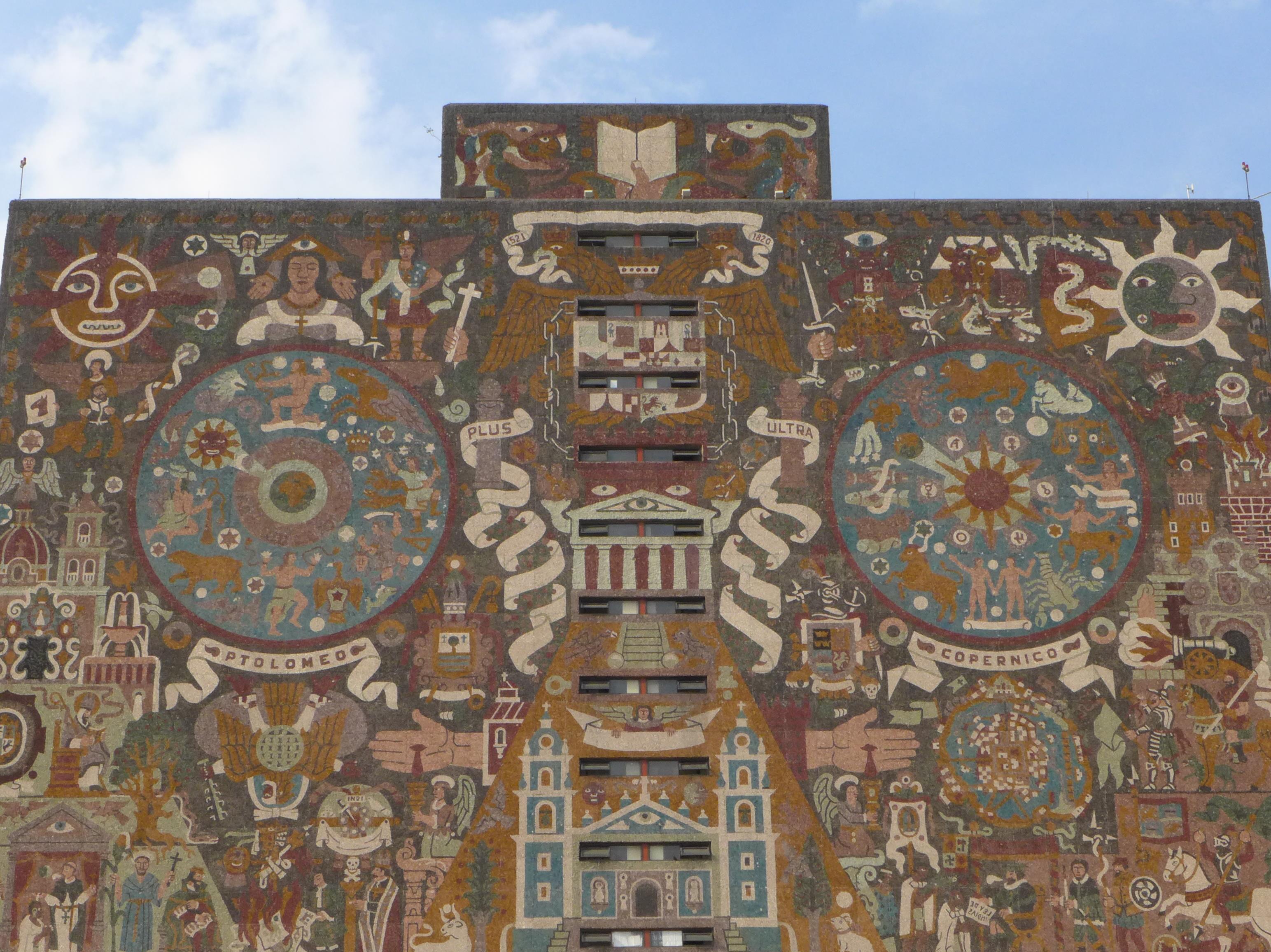I think a good way to look at the nature of boundaries between organisations is to look at communication across the boundaries. We can ask, for example, who people at the top of those organisations talk to. Who do they consider their peers?
These sites are a really good resources for mapping the individuals involved in the world’s top corporations:
Which gets its info from this: http://littlesis.org
What the overlap between corporations mean – among other things – is that those at the top can establish a peer group between themselves. By talking to each other all the time they can be convinced they are right, because everyone they know thinks the same thing.
Interestingly the world of NGOs sometimes seems to work in a very similar way. It is noticeable that certain NGOs that are meant to help people spend far more time talking to other NGOs and to other professionals in their field than to the people they are supposedly there to help.
What is the effect on an organisation of having such an open boundary to those who are effectively part of the elite while maintaining quite a closed boundary to those they claim to help?

http://www.searchthemoney.com/